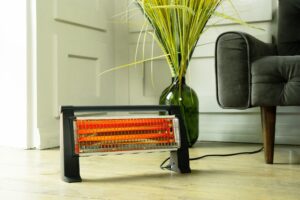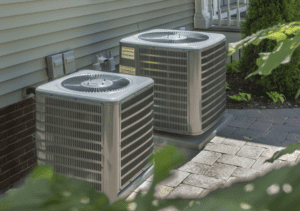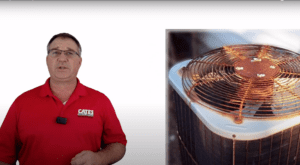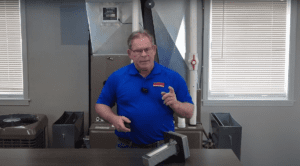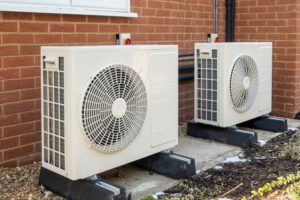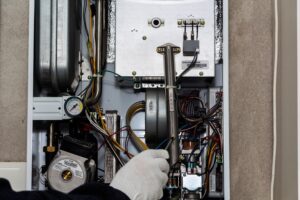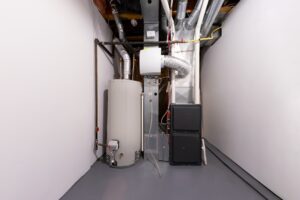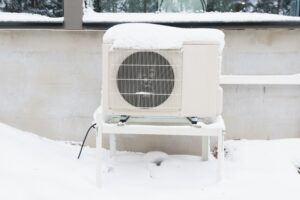Fall—and spring—are times when it is a little bit difficult to choose between you air conditioning and heat in your home. How many times have Midwesterners been frustrated that Mother Nature can’t make her mind up?! Many people are tempted to suffer a little later into the season with the previous season’s in-home temperature so that they aren’t flipping between the air conditioner and heater, and vice versa. Cates Heating and Cooling knows that this can be difficult for its Kansas City Metro Area customers, so we have a little information on the topic for you.
The Answer? No, but…
Are you worried that switching between the air conditioning and heat will damage your system? Well, here’s the short answer: There is generally no issue switching from A/C to heat and vice versa. But there are a few key points to consider to ensure no damage is done to your equipment.
Delay, Delay, Delay
The easiest way to ensure that you don’t lock up the compressor is to leave a few minutes between running a different temperature cycle. The good news is that almost all modern digital thermostats have built-in five-minute delays. Problem solved.
However, if you have an old school mercury thermostat, you’ll want to let the unit finish the cycle it is currently on. When it stops, you should shut the unit off completely and then give it at least five minutes before turning on the other cycle.
As a rule of thumb, never run your A/C when the temperature is below 55 degrees outside. It is not designed to run like this and will literally destroy itself. Although less common, never run a heater when the home is above 85 degrees.
Another way to help keep your HVAC unit from having troubles during these between seasons is to have regular maintenance performed on your system. Preventative maintenance helps make sure that everything is in good shape, which reduces the risk of problems when switching between heat and air conditioning.
What Can You Do If the Compressor Locks Up?
The first thing you will want to do if your AC compressor locks up is call a service technician immediately. Make sure the unit is OFF, either via breaker switch or thermostat. If the breaker switch is already off, leave it off. Let the technician know what happened, and then set up a time for them to come inspect the unit. A professional can attempt to restart the compressor by moving the motor backward and forward.
If the technician can get the compressor freed up enough to start, they may install a hard start kit to get the motor spinning. If all of these steps work, then you will be able to use your compressor. However, the compressor has probably been damaged and won’t last as long as it should have. If the compressor doesn’t start, then you will need to get it replaced.
If you live in the Kansas City Metro Area, be sure to contact Cates Heating and Cooling if you experience a locked-up compressor. Set up regular preventative maintenance appointments to help keep your HVAC unit in tip-top shape. To schedule an appointment, give us a call at 913-888-4470.


